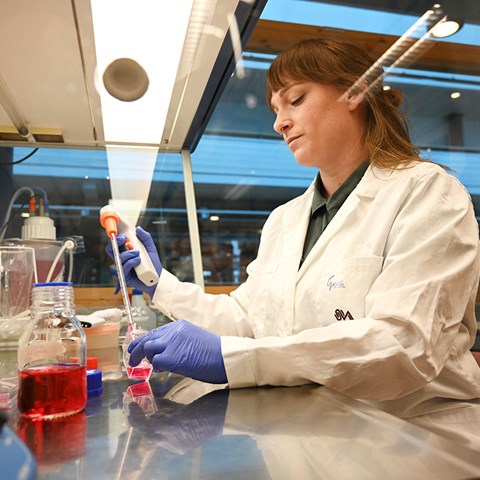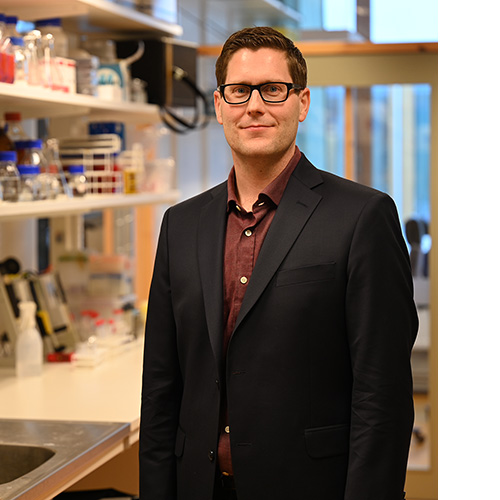Tens of thousands of compounds have been spread into the environment. Some of these can pose a threat to public health if humans are exposed, for example via the drinking water. In this project, we combine effect-based toxicity testing with advanced chemical screening and fractionation.
The aim is to study the presence of hazardous chemicals in drinking water and the raw water used for drinking water production. Further, to study potential mixture effects that can occur when multiple chemicals act simultaneously and try to identify novel hazardous environmental pollutants.
Our current knowledge regarding hazardous compounds in the environment is to a large degree based on studies where such compounds have been studied one by one. That is, however, not how humans or the environment is exposed to these compounds. Instead, the exposure is in the form of very complex mixtures of a large number of compounds.
We also have limited knowledge on which compounds in the environment that poses the largest threat to human health and the ecosystem at large. Numerous research studied have shown that up to 99% of the toxicity in a complex sample from the environment (for example a water sample) is caused by unknown compounds or cocktail effects.
In this project, we use effect-based methods, based on cultured mammalian cells that have been modified to respond to different classes of hazardous chemicals.
The great strength with these effect based methods is that they integrate the effects of both known and unknown chemicals as well as potential cocktail effects.
In this project, these effect-based methods are used to study the presence of hazardous chemicals in drinking water and the raw water used for drinking water production. Additionally, we combine the effect-based methods with advanced chemical screening and fractionation to study potential mixture effects that can occur after simultaneous exposure to multiple compounds and to identify new, currently unknown, hazardous environmental pollutants.

